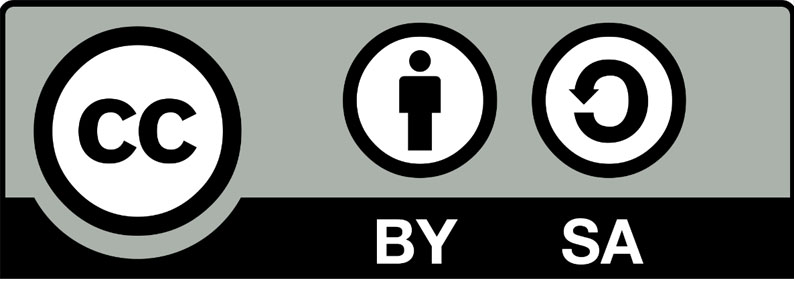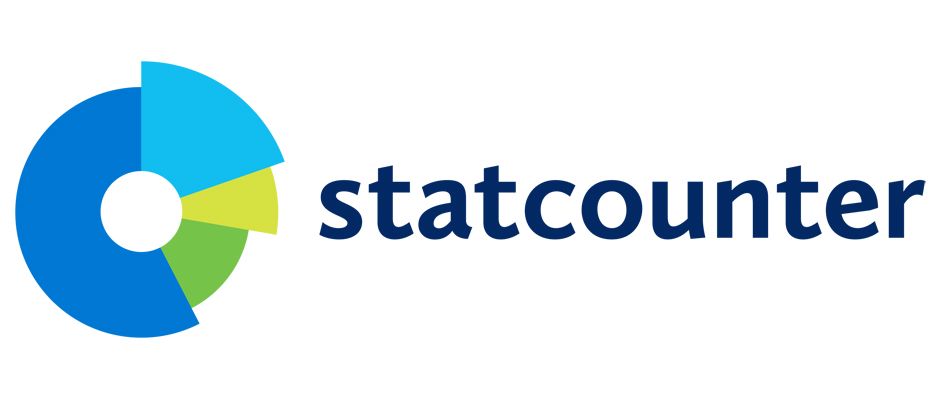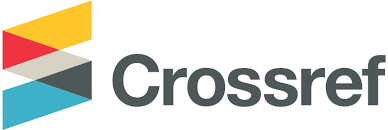Focus and Scope
Journal of Architecture & Environment (E-ISSN: 2355-262X) is a bi-yearly publication of the Department of Architecture, Institut Teknologi Sepuluh Nopember (ITS). It aims to communicate, disseminate and exchange information from studies in architecture and its interactions with the environment.
The journal explores the following areas:
Architectural theory, history, and critics Engages in the theoretical reflection and critical inquiry into architectural thinking, historiography, and cultural narratives.
Architectural science and technology Presents research on building performance, materials, construction innovations, and environmental technologies that contribute to sustainable and responsive architecture.
Housing and settlement Examines various aspects of housing and settlement design and development, encompassing spatial, social, cultural, economic, and ecological dimensions.
Urban design Focuses on the spatial and design-based investigations of urban environments, exploring how cities are shaped through the interaction of physical form, social processes, infrastructure, and ecological systems.
Peer Review Process
Papers submitted in the Journal of Architecture & Environment undergo a structured and rigorous editorial and peer review process to ensure the academic quality, originality, and integrity of each published article.
All submitted manuscripts are evaluated through a double-blind peer review process, where the identities of both authors and reviewers are concealed throughout the process. Reviews are conducted by subject-matter experts from various universities across multiple countries, ensuring a broad and diverse academic perspective.
Publication Frequency
All copy for publication must reach the editor on or before January or July 31st for publication in April and October respectively. Each volume consists of two numbers, each number consists of minimum five articles.
Open Access Policy
This journal provides immediate open access to its content on the principle that making research freely available to the public supports a greater global exchange of knowledge.
Archiving
This journal utilizes the LOCKSS system to create a distributed archiving system among participating libraries and permits those libraries to create permanent archives of the journal for purposes of preservation and restoration. More...
Publication Ethics and Editorial Responsibilities
IPTEK, The Journal of Architecture & Environment is a peer-reviewed journal that adheres to high standards of ethical conduct in the publication process. This policy is based on the COPE (Committee on Publication Ethics) guidelines and applies to all parties involved in publication: authors, reviewers, editors, and the publisher, Center for Scientific Publication (Pusat Publikasi Ilmiah ).
Ethical Responsibilities of Author
Originality and Plagiarism
Multiple Submissions
Authorship
Disclosure of Conflicts of Interest
Data Availability
Corrections and Retractions
Editorial Responsibilities
Publication Decisions
Confidentiality
Fair Review Process
Disclosure and Conflict of Interest
Proof and Final Review (Camera-Ready Manuscript)
Peer Reviewers’ Responsibilities
Contribution to Editorial Decisions
Confidentiality
Objectivity and Constructive Feedback
Acknowledgement of Sources
Conflict of Interest
Article Processing Charges
The journal requires no Article Processing Charge (APC), that includes submission charges, processing charges, extra page charges, and colour charges, from an author(s) for any manuscript that has been submitted, processed, and published through IPTEK The Journal of Architecture & Environment.
Nevertheless, the author has a full responsibility of any charge/cost incurred as the result of preparing or proofreading his/her manuscript on personal initiative.
Starting from Volume 25 (April 2026), an APC of IDR 500,000 or 30,00 USD will be applied per accepted manuscript to support editorial and publishing operations. Detailed information and payment procedures will be made available upon acceptance.
Indexing and Abstracting :
Creative Commons Attribution-ShareAlike 4.0 International License
<div class="statcounter"><a title="web analytics" href="https://statcounter.com/" target="_blank"><img class="statcounter" src="//c.statcounter.com/11343864/0/555f3fde/0/" alt="web analytics"></a></div> View JoAE Stats
<a href="/" target="_blank"><img src="//sstatic1.histats.com/0.gif?3813099&101" alt="free web page counters" border="0"></a>









